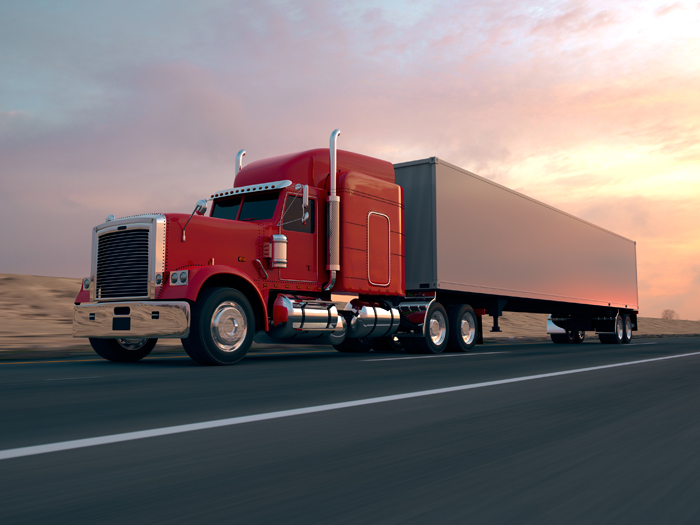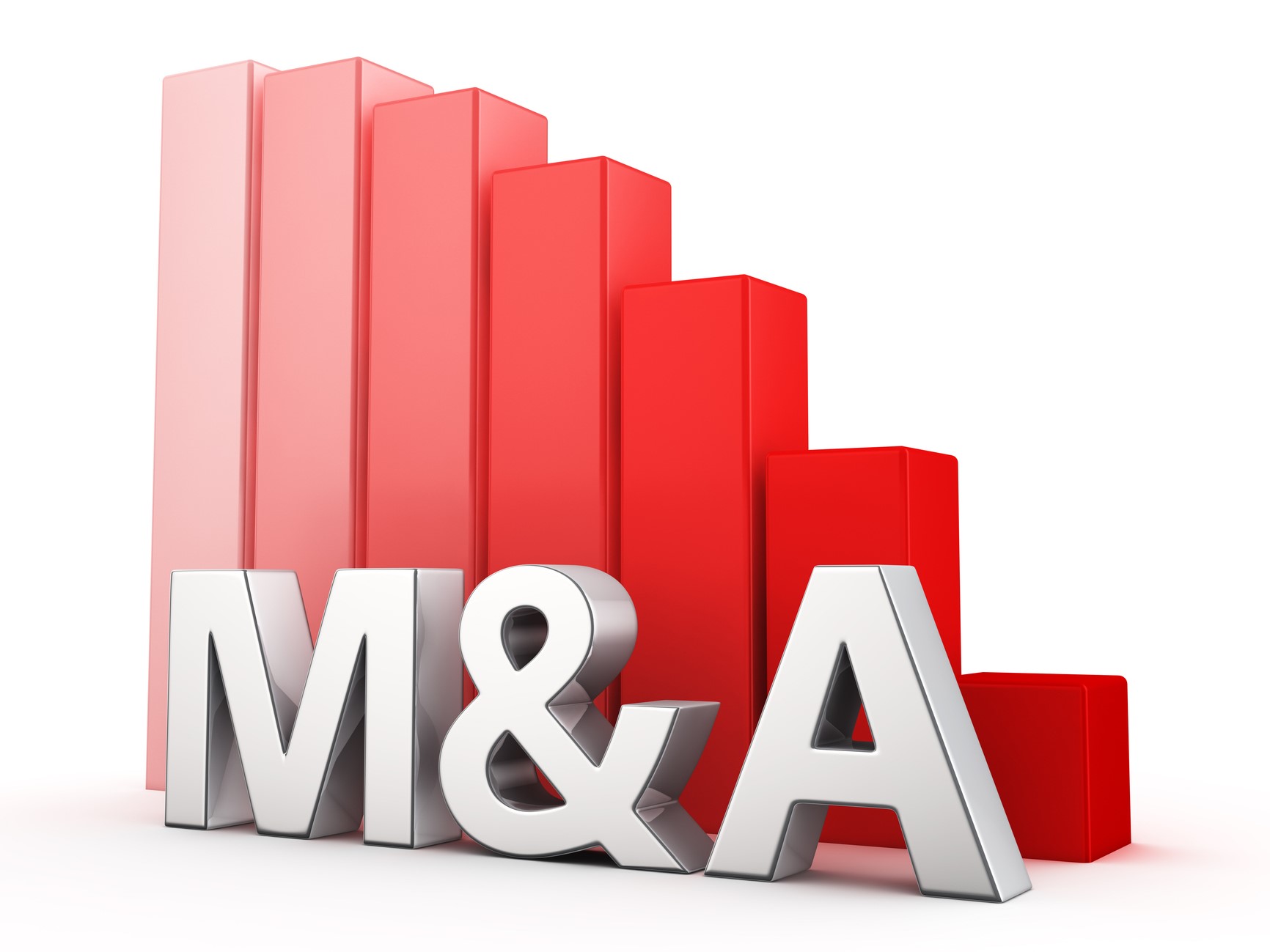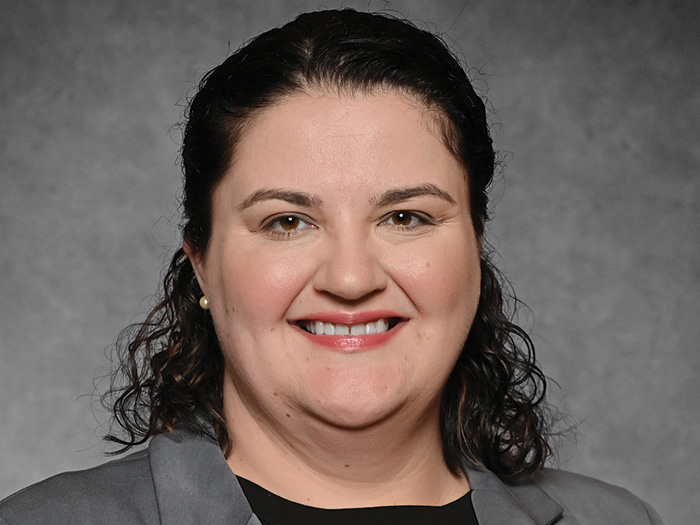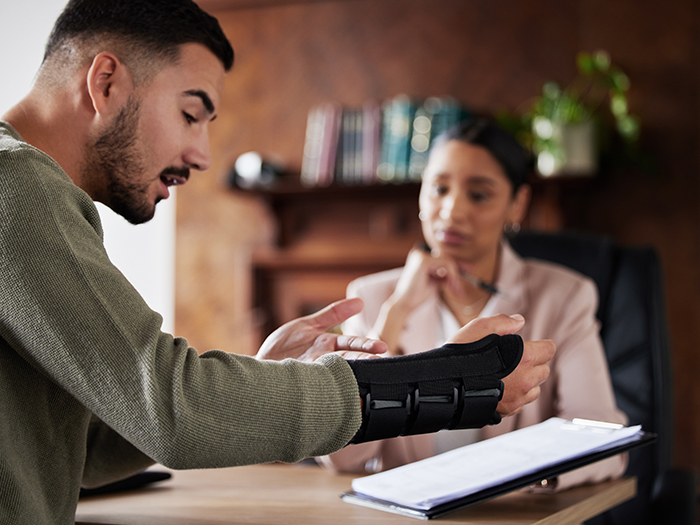The Predict & Prevent™ Podcast Episode 6: The Right Data for Resiliency and a Focus on Risk Prevention
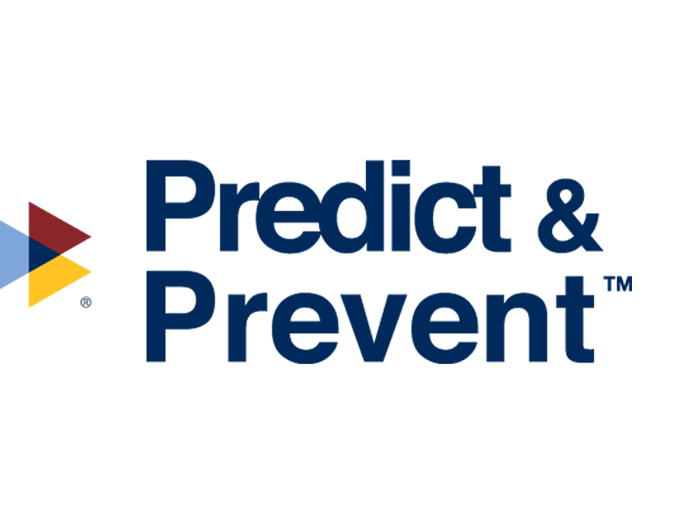
Whether it’s making a community more resilient to withstand disasters or helping an employer to reduce accidents in the warehouse, having the right data is key to focusing prevention efforts where they will have the greatest ROI.
The latest episode of the Predict & PreventTM podcast from The Institutes, “How FEMA Does Resiliency; Computer Vision Enhances Safety,” takes a look at resiliency through the lens of prediction and prevention, as well as what good data looks like.
Join host Pete Miller, CPCU, CEO of The Institutes, as he talks with Daniel Kaniewski, managing director, public sector for Marsh & McLennan, and former deputy administrator of the Federal Emergency Management Agency (FEMA) about how preparedness, mitigation and insurance are the foundation of resilience.
In this first segment, Kaniewski describes his role in helping FEMA shift its focus to resilience from recovery. Together, Miller and Kaniewski discuss the agency’s growing investment in pre-disaster hazard mitigation, how to identify other stakeholders vested in resilience, communicating the ROI of resilience and the urgent need to close the resilience gap.
“FEMA was often thought of as the federal government’s ATM after a disaster. People and governments would look to FEMA to pay them after that disaster to help them recover,” said Kaniewski.
“While that’s an important mission to provide financial assistance, I saw 2017 as that inflection point where policymakers were asking us what could be done to address those risks before disaster strikes, as opposed to providing funding and resources after that disaster strikes. So, I really focused my time at FEMA on reorganizing around resilience.”
Alex Senemar, CEO and cofounder of Voxel, shares with Miller how his company is working to transform the status quo and make communities and employees safer, all while reducing the toll of paying for preventable losses.
In the second episode segment, Miller and Senamar talk about the inspiration for Voxel, integrating artificial intelligence and computer vision technology within existing workflows and equipment, gaining a real-time view of safety risks and hazards, capturing near misses to identify preventable losses, effectively measuring improvements in safety, and building a culture that inspires and rewards safer behavior.
“We are using computer vision AI to prevent injuries and reduce risk in workplaces. For us it’s running on existing security cameras and identifying a number of risks and hazards in real time,” Senemar said.
“We will identify something, triage it, and will provide alerts if it’s really important for people to act on in the moment and prevent those types of injuries from occurring. Otherwise, it’s more about analytics and making sure you’re coaching out bad behaviors before they become issues for your company down the road.”
To listen to this and other episodes, visit predictandprevent.org, or look for Predict & Prevent on most podcasting platforms. New episodes come out every two weeks. &
Whether it’s making a community more resilient to withstand disasters or helping an employer to reduce accidents in the warehouse, having the right data is key to focusing prevention efforts where they will have the greatest ROI, according to the guests in “How FEMA Does Resiliency; Computer Vision Enhances Safety,” the sixth episode of the Predict & PreventTM podcast. Listen now.





